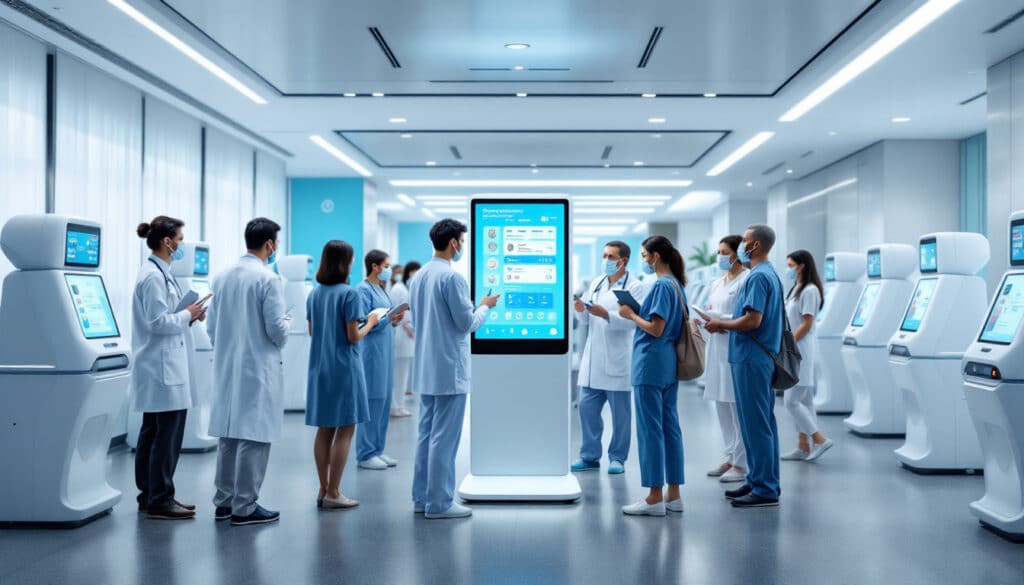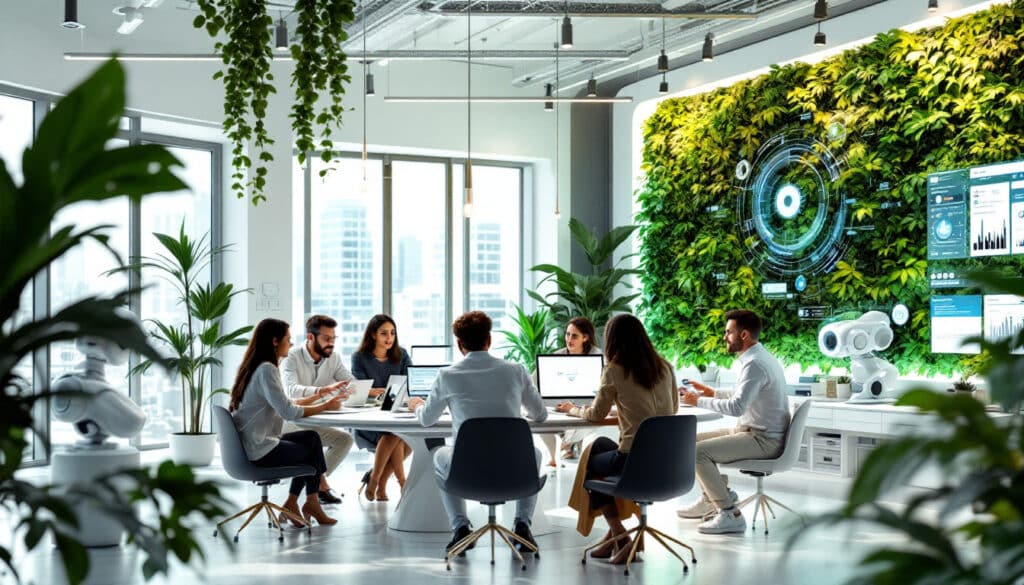THE new functional rehabilitation techniques integrate significant advances in the medical field, transforming traditional approaches. Innovations such as microkinesitherapy and robotic systems offer adapted solutions to improve the recovery patients. The use of the virtual reality allows, moreover, to maximize the effectiveness of the exercises thanks to repeated practice and instant feedback. At the same time, methods such as isometric reinforcement and isotonic continue to play a key role in the process of rehabilitation, guaranteeing optimal and personalized results according to individual needs.

Functional rehabilitation is a constantly evolving field, where the integration of new techniques plays a decisive role in the rehabilitation process of patients. Its main objectives include the restoration of motor functions, improvement of quality of life and return to independence. At the heart of this evolution are significant innovations that combine advanced technologies and traditional processing methods.
Among the major advances are the digital technologies applied to rehabilitation. These include modules of virtual reality which provide an interactive environment for physical exercises. These systems allow patients to perform specific movements repetitively in a stimulating setting, while providing immediate feedback on their performance. This not only promotes patient engagement, but also motivation throughout the rehabilitation process.
Another innovative aspect is the use of robotics and automated devices. Devices such as exoskeletons and the motorized dermoskeletons are now used to assist patients in their movements. These technologies not only facilitate movement, but also provide targeted support based on the specific needs of each patient. Thanks to robotics, it is possible to considerably improve functional recovery, by targeting motor deficiencies and offering progressive support.
There microkinesitherapy is another technique that is gaining popularity in the field of rehabilitation. This method consists of therapeutic massages by micro-palpation to restore proper tissue function. It aims to mobilize and stimulate specific areas of the body that can affect the entire musculoskeletal system. Microkinesitherapy is particularly effective in cases of chronic pain and functional disorders.
The techniques of functional rehabilitation also diversify through the use of serious games, which combine playfulness and rehabilitation. These games are designed to simulate activities of daily living, which helps the patient rework fundamental functions while having fun. Gamification of rehabilitation exercises not only increases patient adherence to treatment, but also optimizes clinical outcomes.
Furthermore, the approaches multidisciplinary are essential in modern functional rehabilitation. By integrating several specialties (physiotherapy, occupational therapy, psychiatric), health professionals can design personalized and more holistic rehabilitation programs. These teams of diverse expertise work together to meet the specific needs of patients, taking into account their physical, cognitive and emotional abilities.
Another key development in functional rehabilitation techniques is the growing importance of remote monitoring through applications and connected devices. These tools allow therapists to monitor the progress of patients using teleconsultations and real-time evaluations. Therefore, they optimize treatment by adjusting clinical indicators in a more responsive way.
THE biophysical information also play a crucial role in the personalization of rehabilitation protocols. Advances in medical imaging and biomechanics allow for a better assessment of patients’ initial conditions. This makes it possible to adapt interventions according to the overall health status as well as the functional capacity of the individuals concerned.
There neuro-cognitive rehabilitation also benefits from recent technological advances. Cognitive stimulation systems and training adapted to neurological pathologies make it possible to improve cognitive functions while working on motor deficits. This highlights the importance of the interaction between mental abilities and physical activity for comprehensive rehabilitation.
New approaches in functional rehabilitation also integrate methods based on evidence and standardized protocols. These standards ensure that all treatments follow established best practices in the medical field, which maximizes the effectiveness of interventions and patient safety.
In short, the new functional rehabilitation techniques are transforming the way healthcare professionals approach rehabilitation. By integrating advanced technologies, innovative methods and multidisciplinary skills, they aim to improve patient outcomes, while proactively engaging them in their healing process. Recent developments demonstrate a promising future for functional rehabilitation, which should continue to be enriched with the emergence of new technologies and new research.

Functional rehabilitation has evolved considerably thanks to new techniques And technology. These advances make it possible to optimize the patient rehabilitation process, by offering personalized and effective solutions. Among these innovations, we find microphysiotherapy, robotics, as well as the use of virtual reality, which are transforming the way healthcare professionals approach rehabilitation.
Microkinesitherapy: a gentle and precise approach
There microkinesitherapy is an innovative method based on massage techniques by micro-palpation. This approach aims to detect and correct bodily dysfunctions using subtle tactile stimulation. Thanks to this method, practitioners can identify areas of tension and blockage, thus promoting a return to normal. well-being functional of the patient. The advantage of this technique lies in its non-invasive nature and its ability to respect the bodily specificities of each individual.
Robotics for rehabilitation
With the emergence of the robotics, numerous assistance solutions have been developed to enrich rehabilitation programs. Devices such as powered exoskeletons and robotic systems help facilitate and support patient movements, while providing essential sensory feedback during training. These technologies contribute to a faster rehabilitation, allowing personalized rehabilitation exercises according to the needs of each patient.
Use of virtual reality
There virtual reality (VR) is also emerging as a promising tool in functional rehabilitation. It allows total immersion of the patient in a virtual environment where he can perform various exercises. This approach offers the advantage of repeatability : the patient can practice as many times as necessary, which is essential for motor learning. In addition, systems of feedback Instantly encourage engagement and motivate patients to progress in their rehabilitation.
Serious games and digital applications
THE serious games and digital applications integrated into functional rehabilitation programs allow playful approach learning and rehabilitation. By using gamification, these tools increase patient motivation and facilitate more active engagement in their healing process. They also stimulate cognitive functions by forcing patients to work on their coordination, balance and agility while having fun.
Specific rehabilitation techniques
There are several targeted techniques that meet specific needs. For example, the urogynecological rehabilitation is essential for women after events such as childbirth. Sessions of isometric reinforcement And isotonic are frequently used to restore muscle and joint function. These approaches are often coupled with neurological rehabilitation technologies that improve the mobility and patient autonomy.
The future of functional rehabilitation
At the dawn of new medical and technological discoveries, the future of functional rehabilitation looks very promising. Ongoing innovations, such as artificial intelligence and connected devices, will further personalize treatments, make it easier to track progress and improve the overall patient experience. The combination of these new techniques will offer unprecedented possibilities for optimizing the functional recovery.








